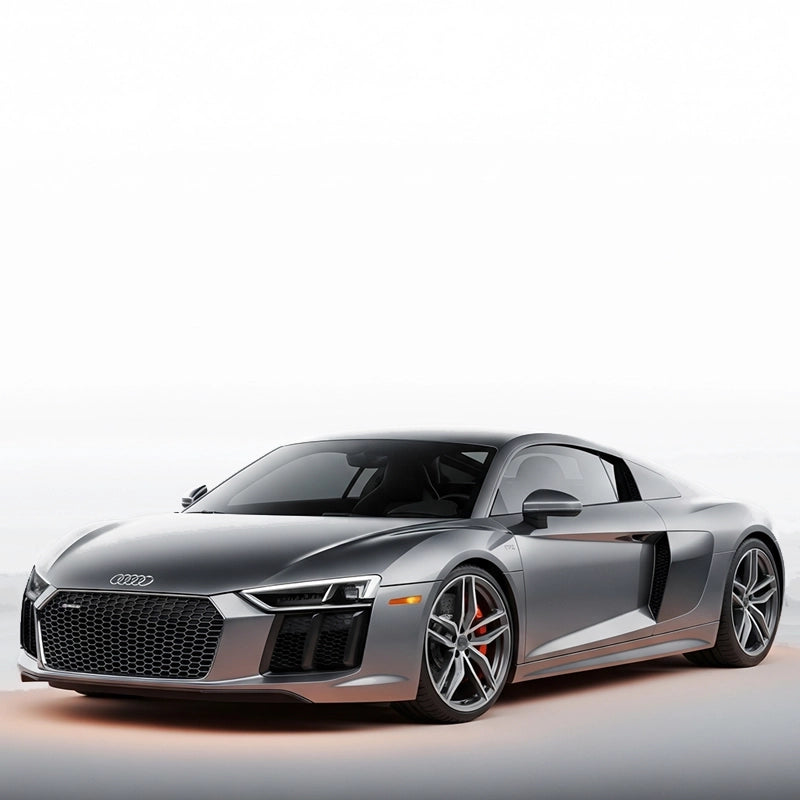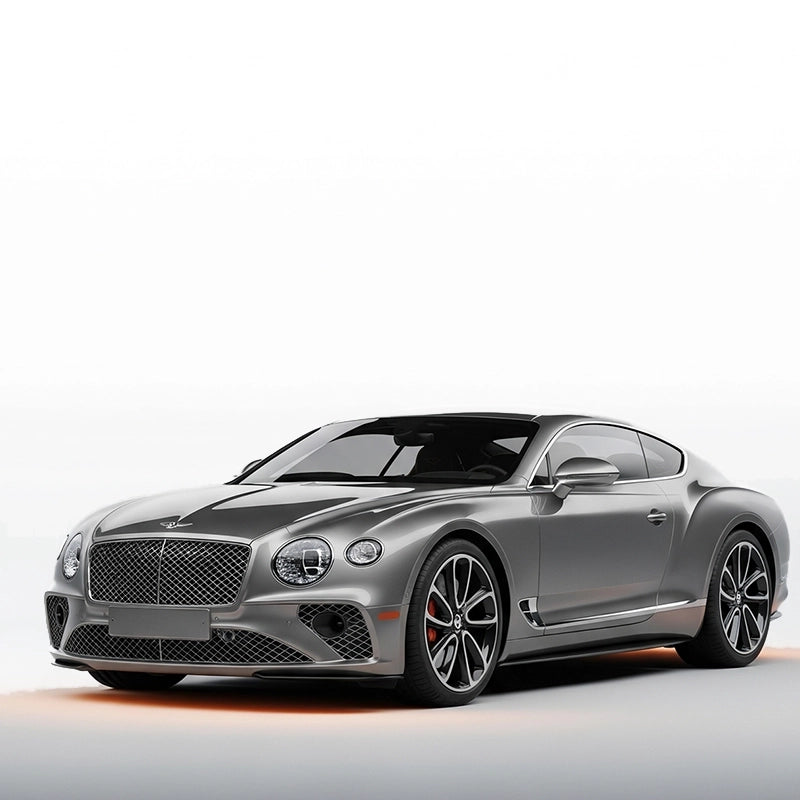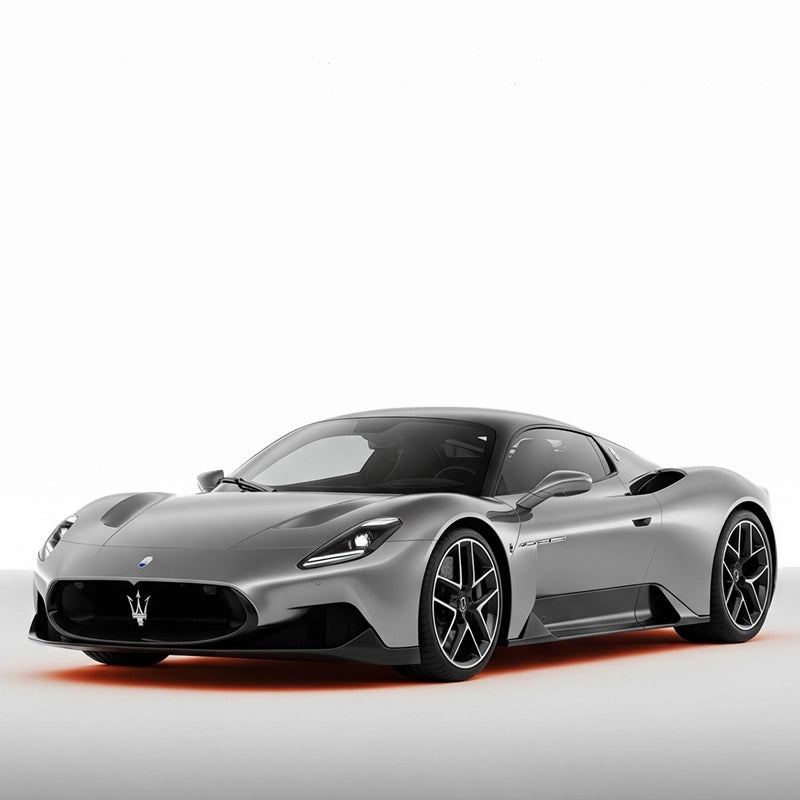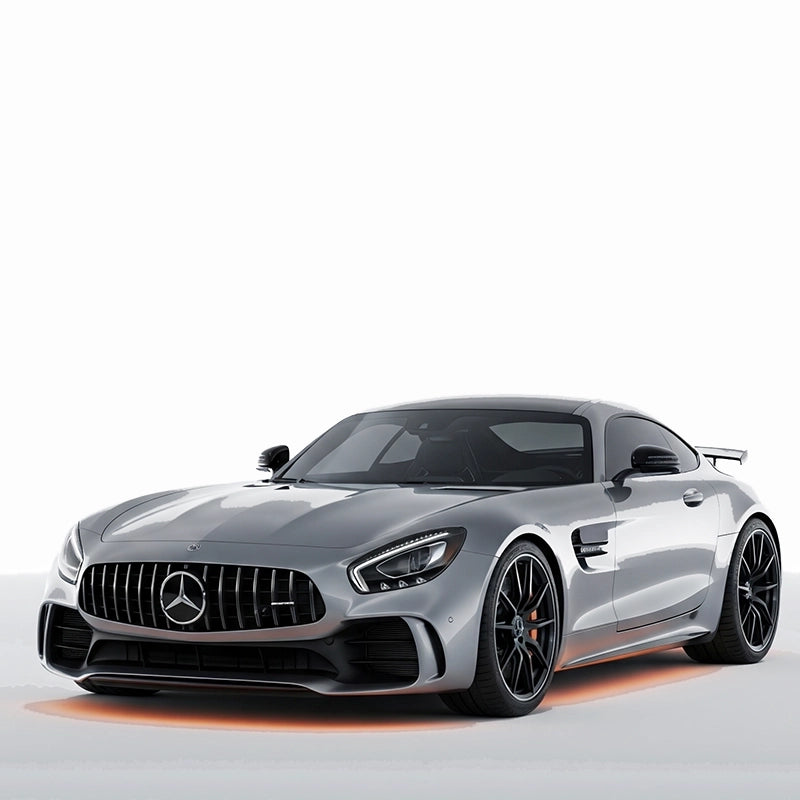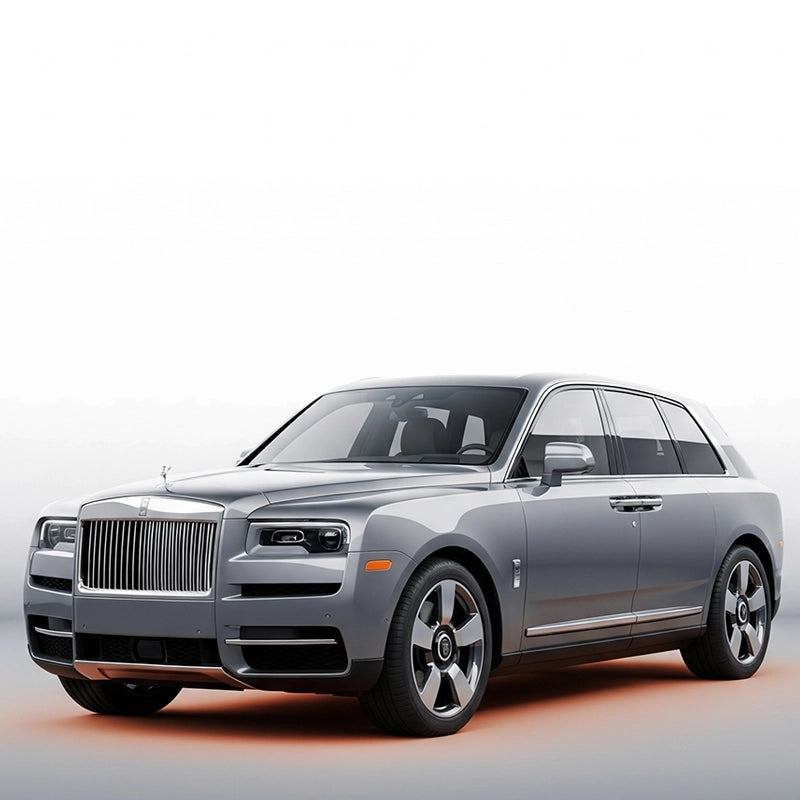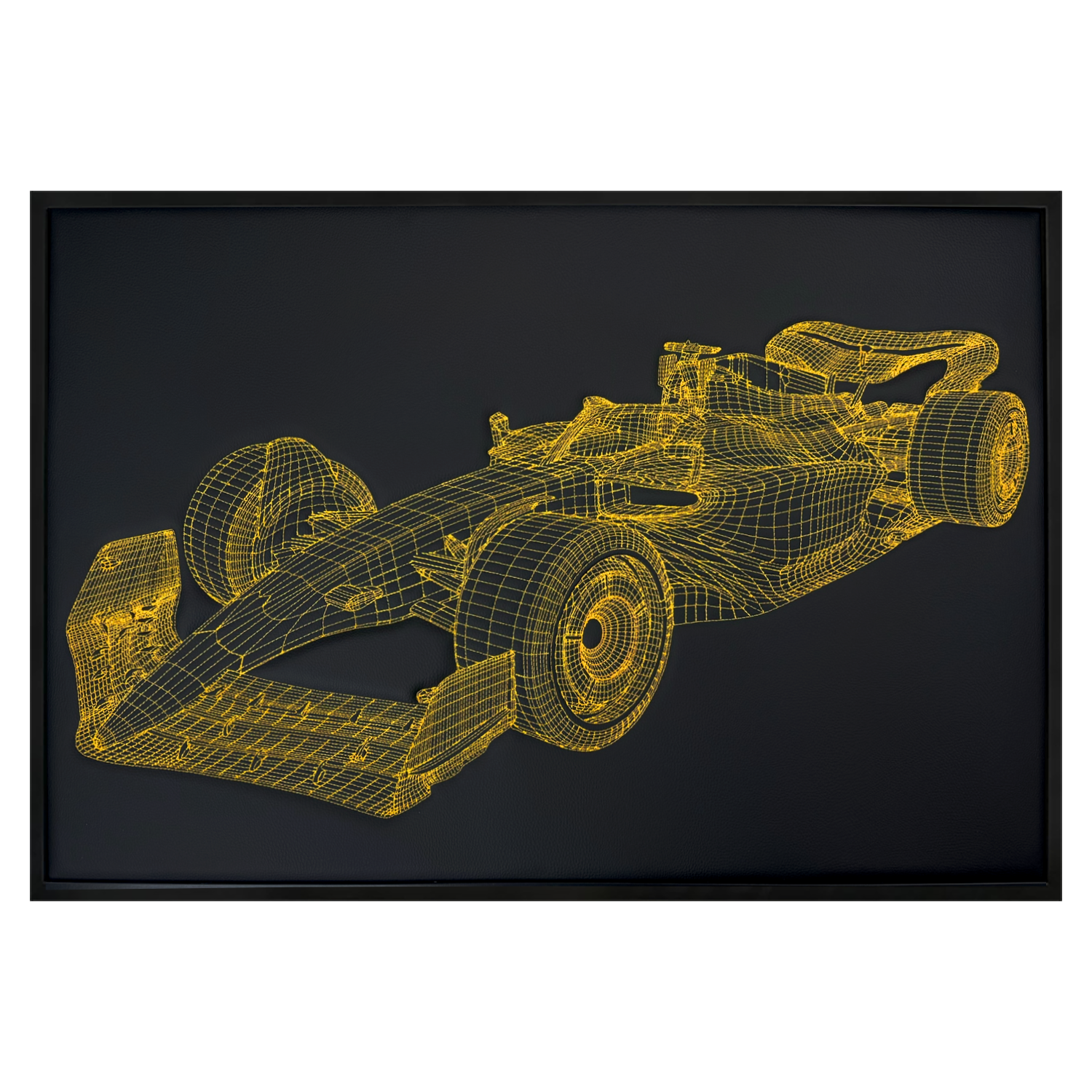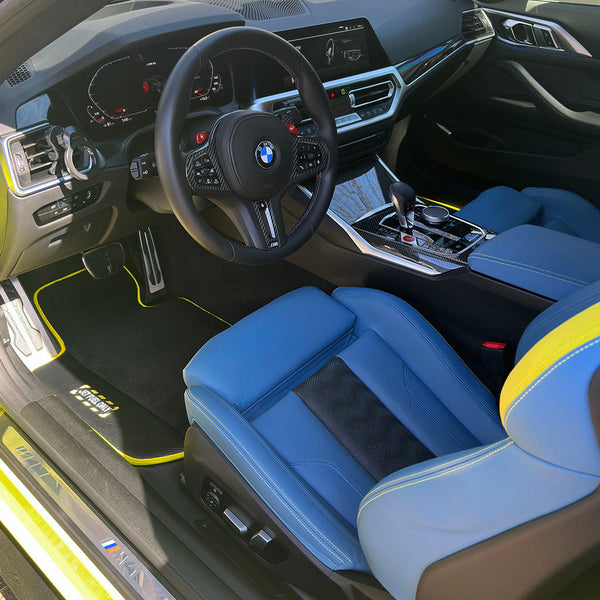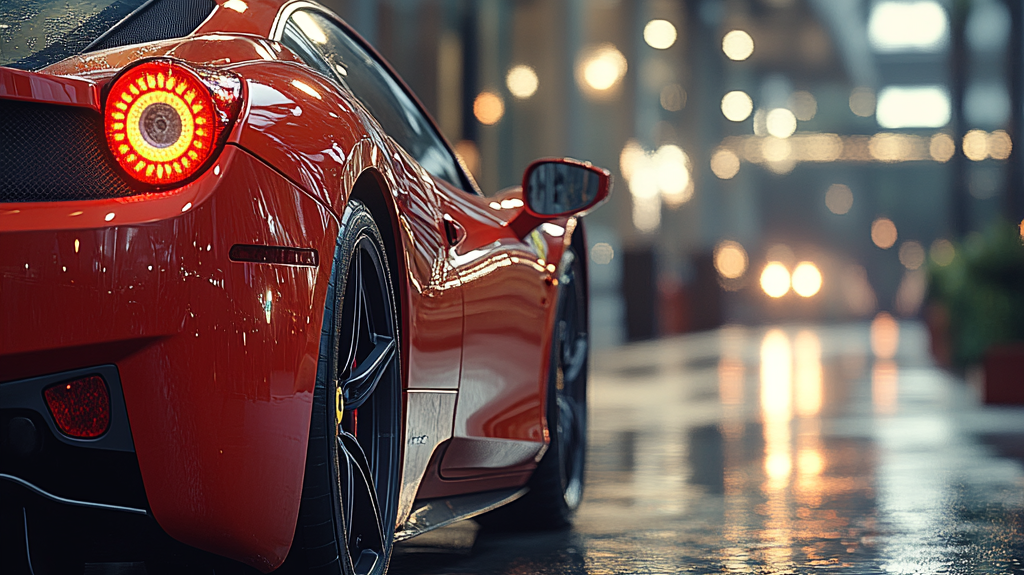How to Change a Headlight Xenon Bulb (Without Losing Your Mind—or Your Headlight Caps)
I’ve lost count of how many late-night drives have turned into impromptu pit stops thanks to a sulking headlight. The first time a headlight xenon bulb died on me, I was somewhere between “I can do this” and “where’s my flashlight?” After two decades of testing cars and chatting with owners—from suburban school-run heroes to track-day purists—I’ve learned the simple truth: replacing a headlight xenon bulb isn’t hard, but it does reward patience, clean hands, and the occasional deep breath.
Below is the real-world process I follow when swapping a headlight xenon bulb, plus some hard-earned tips the owner’s manual never quite explains. Whether you’ve got a premium SUV bristling with tech or a compact coupe with knuckle-shredding access, this will get you back to full brightness.

Safety First: Before You Touch a Headlight Xenon Bulb
- Turn the car off and remove the key. Wait a few minutes—xenon systems use high voltage at ignition.
- Disconnect the negative battery terminal if your manual suggests it. I do, out of habit.
- Wear gloves and eye protection. Finger oils can shorten bulb life; debris can shorten yours.
- Let the lights cool. These housings get hot, and enthusiasm doesn’t heal burns.
What You’re Actually Replacing (And Why It Matters)
Most HID systems bundle three key pieces: the bulb (D1S, D2S, D3S, D4S are common), the igniter (sometimes built into the bulb base), and the ballast. When you replace a headlight xenon bulb, you’re typically swapping the bulb itself—unless you’re chasing flicker or non-start issues, which can point to a ballast or wiring fault. Check your owner’s manual for the exact bulb type; mixing up a D1S and D3S can ruin your day.
Step-by-Step: Replace a Headlight Xenon Bulb
-
Find the headlight rear cover. Pop the hood. Locate the headlight assembly and remove any plastic covers or access panels. On some cars (Audi, BMW, Lexus, etc.), there’s a circular cap at the back. On others, you may have clips or a little trap door. A few cars hide the bulbs behind washer tanks or intakes—prepare to wriggle.
-
Make room if needed. If a battery or intake snorkel blocks access, remove it as instructed in your manual. On some modern premium SUVs, you may need to loosen the bumper skin to pull the headlight forward. Not difficult; just fiddly. I’ve done it curbside. It’s… character-building.
-
Disconnect the connector/igniter. You’ll see a plug going to the bulb or an integrated igniter module. Gently twist or unclip. Don’t force it—plastic loves to snap when it’s cold.
-
Release the bulb. Most xenon bulbs are held by a metal spring clip or a twist-lock collar. Press, unhook, or rotate counterclockwise. Memorize the orientation; take a quick photo if you’re like me and forget which way “up” was after coffee.
-
Remove the old bulb. Pull it straight out. Don’t touch the glass. If the bulb shatters (rare, but it happens), carefully vacuum the area and wear safety glasses.
-
Match the new bulb. Confirm part number (D1S/D2S/D3S/D4S) and color temperature. Check for damaged O-rings or bent tabs. Cheap no-name bulbs can work, but the good ones (Osram, Philips) last longer and color-match better.
-
Install the new headlight xenon bulb. Seat it in the same orientation as the old one and lock the spring or twist collar clockwise until secure. Reconnect the igniter/plug firmly. If it’s wobbly, it’s wrong—back up and reseat.
-
Reinstall covers and components. Replace any access caps, clips, or snorkels. Make sure seals sit flush to keep moisture out. A foggy headlight is a mood killer.
-
Test the lights. Turn on the ignition and headlights. Xenon will warm up from a pinky-blue hue to white in 30–60 seconds. If one stays dark or flickers, swap bulbs side-to-side to rule out a ballast issue.
Access Reality Check: Some Cars Make You Work
I’ve had cars where it’s a five-minute job and others where you’re loosening bumper clips in the rain while questioning life choices. If you’re staring at a maze of plastic, consult a repair manual or a reliable forum thread specific to your model. A few owners mentioned to me their dealer quoted an hour just to pull the headlight—believable on tightly packed engine bays.
Common Mistakes With a Headlight Xenon Bulb (Learned the Hard Way)
- Touching the glass. Even a fingerprint can cook a hot spot and shorten life.
- Mixing bulb types or colors. Replace in pairs for a consistent beam pattern and color.
- Forgetting the rear cap. One rainy week later: condensation city.
- Assuming a dead bulb = dead bulb. Sometimes it’s the ballast or a bad ground.
After the Swap: Aim and Verify Your Headlight Xenon Bulb
Find a flat surface and a wall. Park 25 feet back, measure cutoff height against the wall, and adjust using the headlight’s vertical adjuster (usually a white hex screw). You want a crisp, level cutoff, slightly lower on the right for LHD markets. If it feels like you’re searching for a Miami rooftop lounge with a flashlight, you’re aiming too high.
Headlight Xenon Bulb vs LED vs Halogen: Quick Comparison
| Type | Brightness | Color | Warm-up | Typical Lifespan | Pros | Cons |
|---|---|---|---|---|---|---|
| Xenon (HID) | High | 4300K–6000K | 1–5 sec | 2,000–3,000 hrs | Great reach, OEM fit, excellent for highways | Warm-up time, ballast complexity |
| LED | High (varies) | 5000K–6500K | Instant | 5,000+ hrs | Efficient, crisp color, instant full brightness | Retrofits can cause glare if optics aren’t designed for LED |
| Halogen | Moderate | 3200K–3500K | Instant | 500–1,000 hrs | Cheap, simple, easy to replace | Dimmer, warmer color, less reach |
Feature Highlights When Choosing a New Headlight Xenon Bulb
- Match OEM bulb type (D1S/D2S/D3S/D4S) and wattage.
- Consider 4300K for best bad-weather performance; 5000–6000K if you like cooler-white visuals.
- Replace both bulbs to avoid mismatched color and brightness.
- Stick to trusted brands; beam quality matters more than the box’s “super hyper mega” marketing.
What If It Still Doesn’t Work?
If you install a fresh headlight xenon bulb and still get flicker, slow starts, or nothing at all, suspect:
- A failing ballast (common after many years)
- A corroded connector or poor ground
- A cracked headlight cap letting in moisture
- CAN bus errors on newer cars—some need resistor/coding for aftermarket bulbs
Conclusion: Yes, You Can Change a Headlight Xenon Bulb
With the right bulb, a clean workspace, and a bit of patience, replacing a headlight xenon bulb is absolutely a driveway DIY. I noticed right away the payoff: brighter, cleaner light and a beam that makes night driving feel like putting on a fresh pair of glasses. If your car’s access is unfriendly or you suspect a ballast, there’s no shame in calling a pro—but nine times out of ten, this is your win.
FAQ: Headlight Xenon Bulb
How long do xenon (HID) bulbs typically last?
Usually 2,000–3,000 hours. They dim and shift color before they die, so if one looks more purple or weak, it’s time.
Should I replace both xenon bulbs at the same time?
Yes. Old vs new will rarely match in color and brightness. Do them as a pair for symmetry and safety.
What color temperature is best?
4300K is brightest in poor weather and closest to OEM. 5000–6000K looks cooler but can be slightly less effective on wet roads.
Can I upgrade from halogen to xenon?
Not without proper projectors and legal components. Dropping HID into halogen reflectors causes glare and may be illegal. Consider OEM-grade LED projector conversions designed for your housing instead.
My new bulb flickers—what now?
Check the igniter/connector seating, swap sides to rule out the bulb, and inspect the ballast. On some cars, CAN bus adapters are required for aftermarket bulbs.
Premium Accessories for Mentioned Vehicles
Custom-fit floor mats and accessories for the cars in this article

